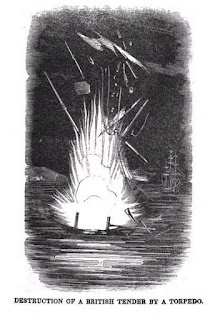| Mongol Warriors |
Myth
Most wars have more than their share of urban legend, mythology, and plain old disinformation. Sometimes it is deliberate. For example, the Mongols encouraged and spread myths about the size of their armies, The results: just the idea they were coming caused many cities, kingdoms, and peoples to surrender without a struggle. Always the best way to win wars. I'll use the myth busters theme to debunk or discuss some of the popular myths of the American Revolution of which there were not a few. After all, the 18th century in general is a misunderstood period of history - calling it the Age of Reason comes to mind as one myth. Reason has been around since man walked the earth. It is how he reasons that has changed with the advent of the printed word and literacy that expanded in the 1700s.
Soldiers
Thought I would begin with some musings on how the armies fought during the war. Here the myth centers around the indomitable and indefatigable American patriot using his frontier skills against an unimaginative and drone-like British soldier. The patriot is most usually a "Minuteman," citizen soldiers expert with the
famed long rifle picking off stupid redcoats and oxen-like Hessians. Yes, there really were Minutemen (in Massachusetts), and the militia was the mainstay of the Cause. When they performed well, things generally went well. But their performance (and reliability in terms of sticking around) was sketchy throughout the war. Perhaps we'll go into the why in a future blog but the fact is the militia, in a pitched battle, had a poor record.
Tactics
Leaders
| Battle of Camden |
So the American ideal was to fight the British Army as a "regular" field army and not a "rabble in arms." The American counter to the British regulars and Hessian mercenary was the Continental.
| The Continental |




